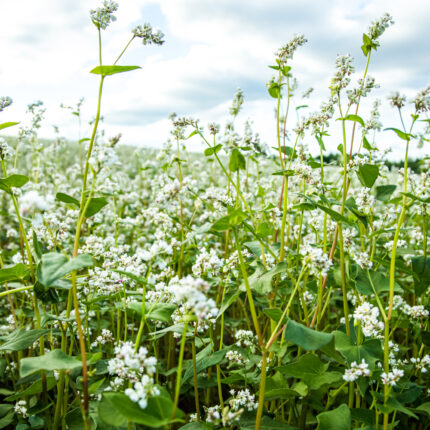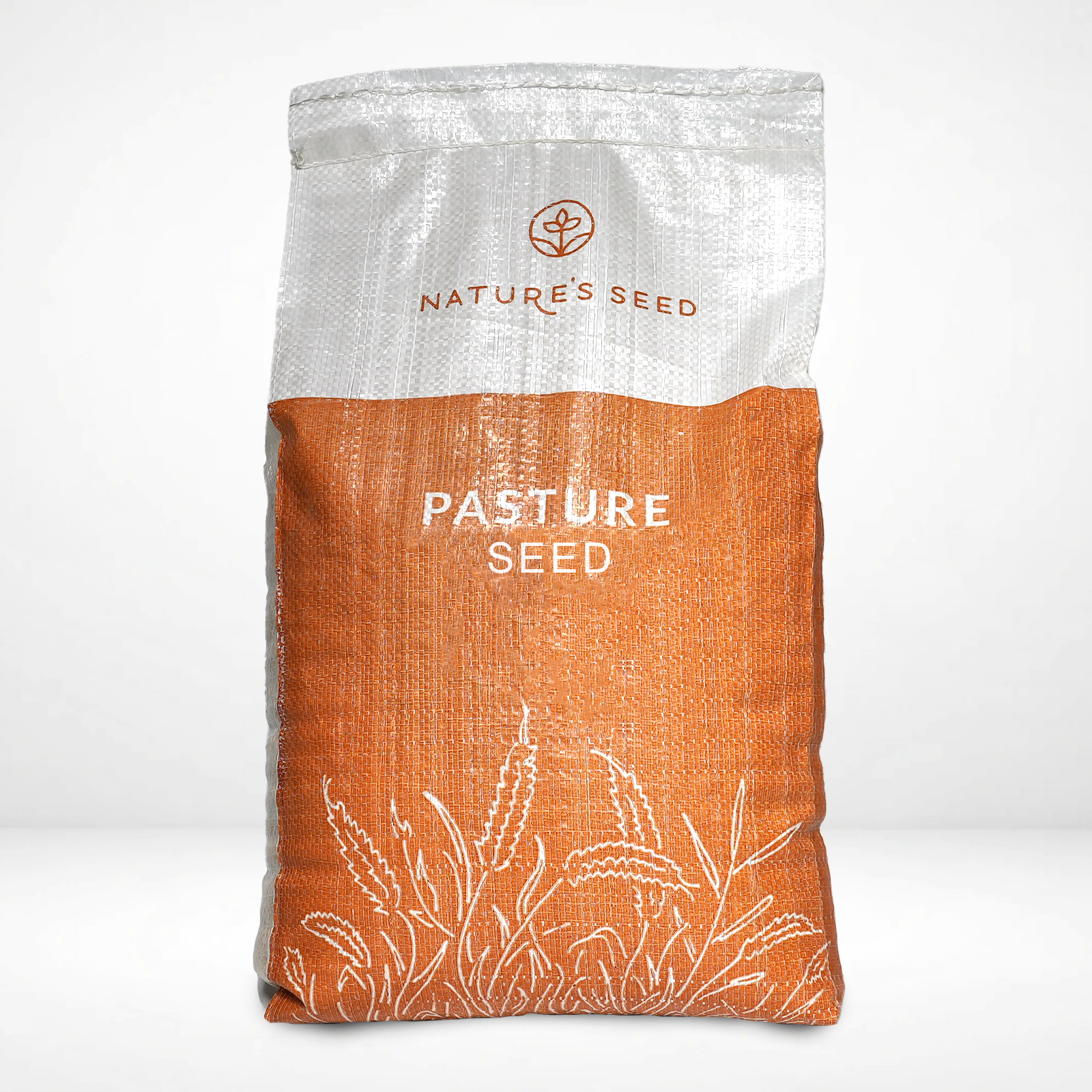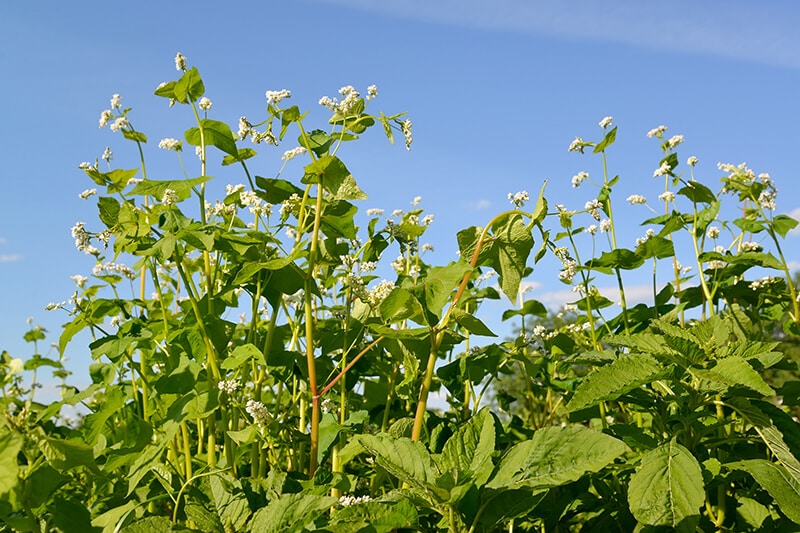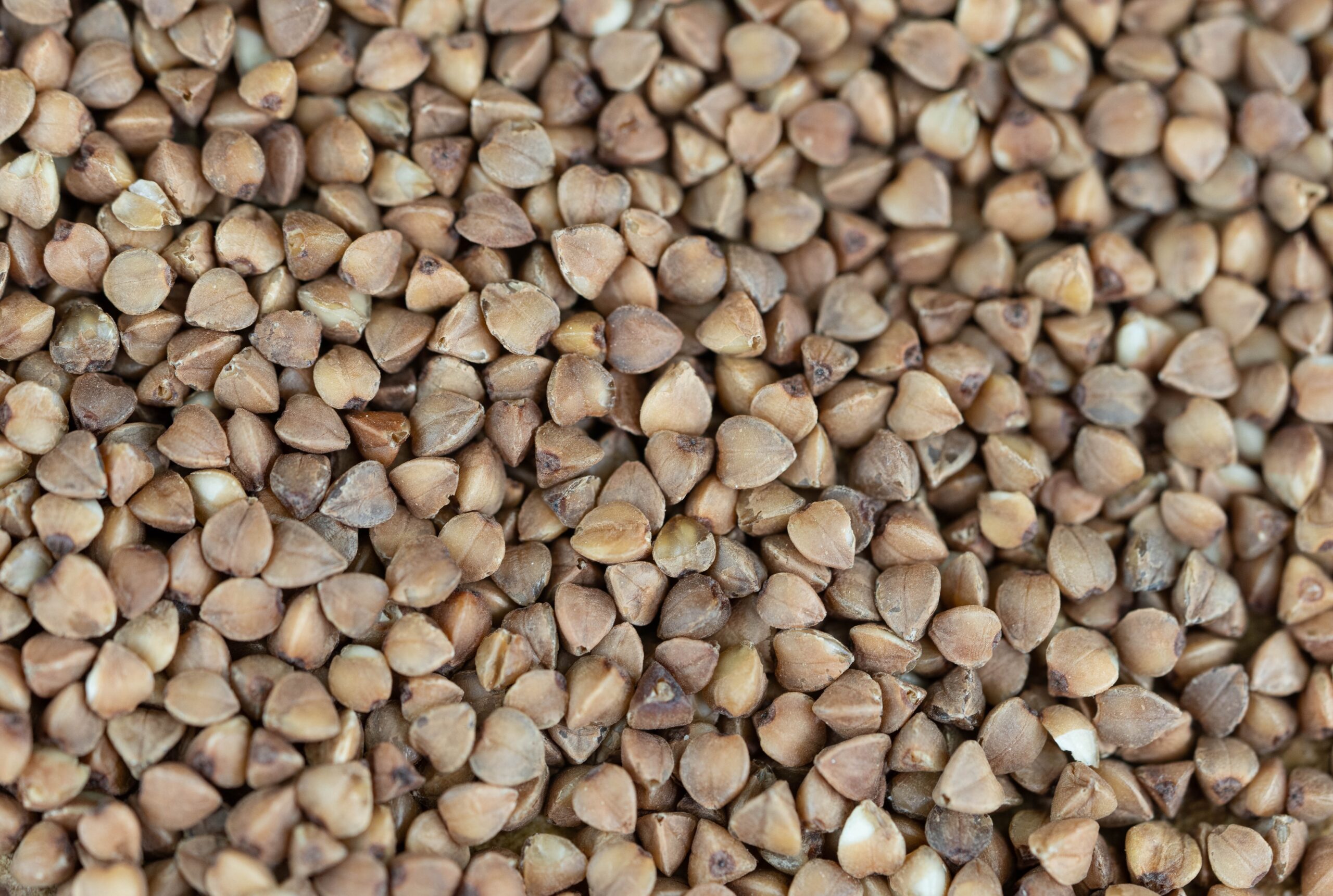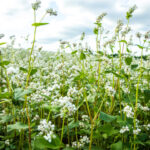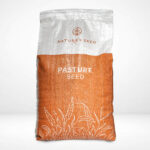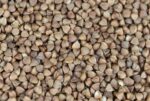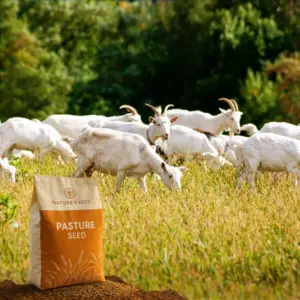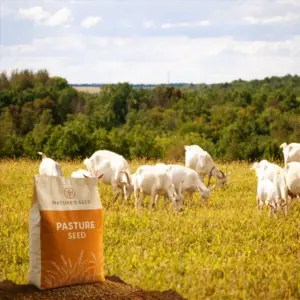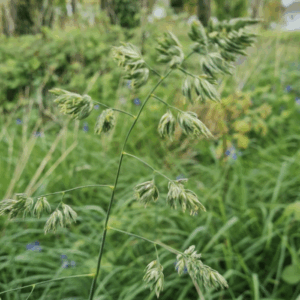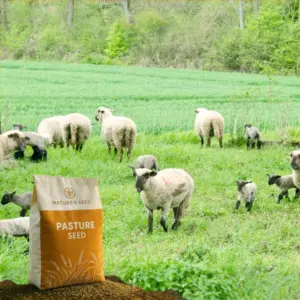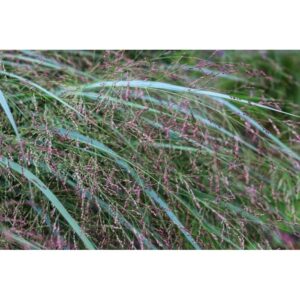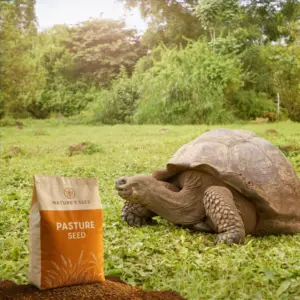What is the Common Buckwheat?
Buckwheat (Fagopyrum esculentum) is a fast-growing warm-season annual cover crop known for weed suppression, soil improvement, and pollinator-friendly flowers. It thrives in light, well-drained, low-fertility soils but is frost-sensitive and drought-intolerant. Buckwheat’s dense canopy conserves moisture and prevents erosion, making it ideal for double cropping or use as green manure. Often included in pasture seed mixes to benefit the soil, buckwheat is a good source of fiber, lysine, and protein for livestock.
Specifications
Sun Requirement
Full Sun
Soil Preference
Light to medium-textured soils
Soil pH
5.0 – 7.5
Time to Maturity
10–12 weeks
Height when mature
4 feet+
Seeding Rate
20 lbs/ acre
Planting Depth
0.5 to 1.5 inches
Common Buckwheat
Fagopyrum esculentum | SKU: PG-BUCK
- Cattle
- Sheep
- Goats
- Horse
- Bison
Does This Product Grow Well in Your Region?
Check your region
Select Quantity
Why Choose This Seed?

Fast Growth and Weed Suppression
Buckwheat takes off fast, germinating in just 3–5 days and blooming in 4–6 weeks. It’s quick canopy shades out weeds naturally, even tough ones like thistle or bindweed. It’s a great short-term crop for cleaning up fields without the use of chemicals.
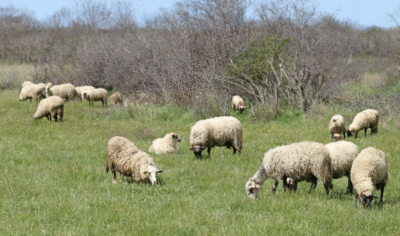
Short-Season Forage and Emergency Pasture
Buckwheat offers quick, palatable forage in as little as 10–12 weeks. It’s a solid option when feed is tight, whether due to drought, delayed planting, or low hay yields. Great Forage and haymaking crop for Cattle, sheep, goats, pigs, and poultry, also mixed with other feeds to avoid issues.
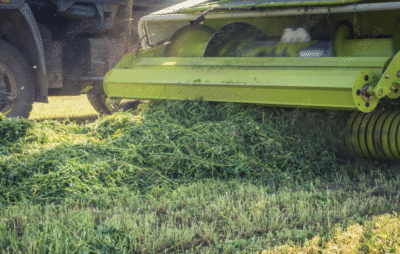
Soil Nutrient Improvement
This crop does wonders for tired soil. Its shallow roots help loosen the top layer, and it pulls up hard-to-reach phosphorus, making nutrients available for the next planting. It’s ideal for worn-out fields and low-fertility areas, all with minimal inputs.
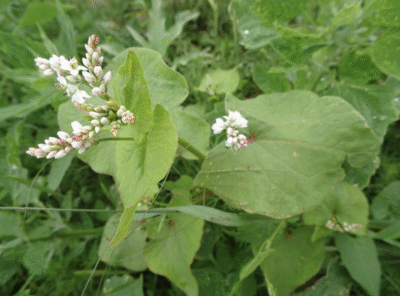
Easy to Grow and Versatile for Small Landowners
Buckwheat is simple—just broadcast and lightly press it in. It needs little prep, no sprays, and barely any fertilizer. It’s perfect between other crops or as a double-crop after grain. If you’ve got basic equipment, you can grow buckwheat.
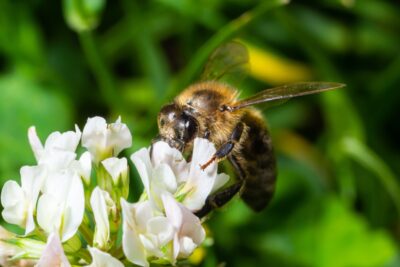
Pollinator and Wildlife Benefits
Buckwheat blooms heavily, drawing in bees and beneficial insects that help nearby crops. One acre can produce up to 150 lbs of honey. It also feeds birds, deer, and game, making it a strong pick for food plots and biodiversity boosts.
Seed Description
Product Details
Sun/Shade
Full Sun
Height
2-4 feet
Seeding Rate
20 Lbs/ Acre
Uses
Cover Crop, Pollinator Habitat, Forage
Color
Light green to a ribbed, reddish-green hue
Water
Light green to a ribbed, reddish-green hue
Native/Introduced
Introduced
Life Form
Forb
Product Uses
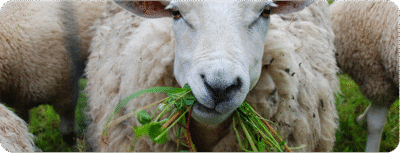
Fast Growing
Buckwheat matures quickly, offering palatable forage in just 10–12 weeks. Ideal for bridging feed gaps during summer slumps or when hay yields are low, it provides a swift solution for cattle, sheep, and goats. While best used in moderation or mixed with other feeds, its rapid growth ensures timely availability.
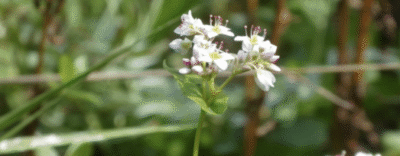
Soil Enhancer
Buckwheat’s fibrous roots enhance soil structure and loosen compacted topsoil. Notably, it’s a proficient phosphorus scavenger, accessing nutrients often unavailable to other crops. When incorporated as green manure, it enriches the soil, benefiting subsequent plantings.

Attract Pollinators
Blooming within weeks, buckwheat attracts a plethora of pollinators, including honeybees and beneficial insects. One acre can yield up to 150 lbs of honey in a season. Additionally, its seeds serve as food for game birds, and its foliage is browsed by deer, enhancing on-farm biodiversity.

Weed Suppressor
Requiring minimal inputs, buckwheat is straightforward to establish—simply broadcast and lightly incorporate the seeds. Its rapid growth suppresses weeds and prevents soil erosion, making it an excellent choice for cover cropping between main crops or in fallow fields.
Questions & Answers
How and when should I plant buckwheat on my land (for cover or pasture)?
Plant buckwheat after the last frost—late spring in the North, earlier in the South. It’s frost-sensitive, so it needs 8–12 weeks before the fall frost. Broadcast onto a clean seedbed and lightly rake or roll it in, or use a drill at 1/2–1 inch depth. It sprouts fast—3 to 5 days with warm soil and moisture—and is easy to plant without special equipment.
Can I graze or hay buckwheat safely for my livestock?
Yes, but use it as a supplement, not a main feed. Cattle, sheep, and goats like it, but too much can cause sun sensitivity in light-skinned animals. Limit it to 20–30% of their diet and avoid grazing in full sun. Horses should not graze on it at all. If having, cut at early bloom and mix with other hay to improve balance.
What benefits does buckwheat provide as a cover crop or pasture?
Buckwheat grows fast, shades out weeds, and loosens topsoil. It unlocks phosphorus and other nutrients for your next crop, improving soil fertility. It also draws in bees and beneficial insects, and mature stands feed birds and wildlife. It’s great for filling summer gaps in pasture and adding cover between cash crops.
Will buckwheat reseed itself or come back next year?
No—buckwheat is an annual and dies with the first frost. It doesn’t regrow, but if you let it go to seed, you might see a few volunteers. These are easy to control with mowing or tillage. To avoid reseeding, mow or till 10 days after flowering to stop seed production.
Where did common buckwheat originate, and why is it called “buckwheat” if it isn’t wheat?
Buckwheat came from Asia and has been grown for thousands of years. It’s not related to wheat—it’s a broadleaf plant, not a grass. The name comes from its seeds looking like beechnuts (“buck”) and being used like wheat grain. Today, it’s used as both a food crop and a practical cover for soil health and biodiversity.
When is the best time to plant Buckwheat?
- Northern U.S.: Sow in late spring through mid-summer (approximately May through early July, after the last frost).
- Transitional/Midwest: Sow late spring to late summer (May–August) for cover crop or late forage; mid-summer plantings (June–July) often yield best grain as cooler nights arrive.
- Southern U.S.: Sow in early spring or late summer (e.g., March, April, or September) to avoid extreme heat; buckwheat is typically planted in spring or fall in the Southeast, rather than midsummer. (Always plant after danger of frost, and ensure at least 8–10 frost-free weeks remain.)
Still have
questions?
Our planting experts
are here to help.
Call Us
801 770 4141
8 AM–5 PM
Monday–Friday
Reviews
Buckwheat (Fagopyrum esculentum) is a fast-growing warm-season annual cover crop known for weed suppression, soil improvement, and pollinator-friendly flowers. It thrives in light, well-drained, low-fertility soils but is frost-sensitive and drought-intolerant. Buckwheat’s dense canopy conserves moisture and prevents erosion, making it ideal for double cropping or use as green manure. Often included in pasture seed mixes to benefit soil, buckwheat is a good source of fiber, lysine, and protein for livestock.
| Weight | N/A |
|---|---|
| Dimensions | 3 in |
| Sun/Shade | |
| Est Rate | |
| Height | |
| Seeding Rate | |
| Uses | , , , , , |
| Color | , , , , |
| Water | |
| Native | |
| Life Form | |
| Lowest price | |
| Pounds | , , , , |
| Coverage Area | , , |
